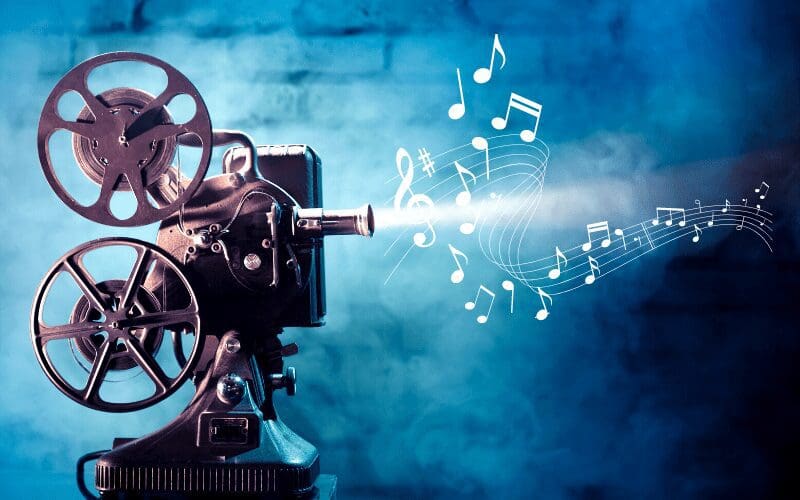
The Harmonious Dance: Exploring the Role of Music in Film
Introduction:
Music has the power to elevate emotions, set the tone, and breathe life into the visual storytelling of cinema. From the haunting melodies that linger in our memories to the pulse-pounding beats that intensify suspense, the marriage of music and film is a nuanced art form. In this blog post, we’ll delve into the multifaceted role of music in film, exploring how it enhances storytelling, elicits emotions, and becomes an integral part of the cinematic experience.
Setting the Tone:
- Music serves as a sonic palette for filmmakers to paint the emotional landscape of a film. Whether it’s the melancholic strains of a violin or the upbeat rhythms of a jazz ensemble, the choice of music sets the tone and establishes the mood for each scene.
Enhancing Storytelling:
- Beyond its emotional impact, music is a narrative tool that can enhance storytelling. A well-chosen score or soundtrack can accentuate key plot points, underscore character arcs, and provide subtle cues that guide the audience’s emotional journey.
Establishing Time and Place:
- The right musical choices can transport the audience to different eras or locations. Period-specific music or culturally resonant soundscapes can effectively establish the time and place of a film, contributing to the overall authenticity of the storytelling.
Characterizing and Identifying:
- Just as characters are defined by their actions and dialogue, they can also be characterized through music. A character’s leitmotif or a recurring musical theme associated with them creates a sonic identity, enriching the audience’s understanding of the character’s emotions and motivations.
Building Tension and Atmosphere:
- Music is a powerful tool for building tension and creating atmosphere. Whether it’s a suspenseful underscore in a thriller or the ominous chords in a horror film, the right musical choices can heighten the audience’s anticipation and immersion in the story.
Eliciting Emotions:
- One of the primary functions of music in film is to evoke emotions. From the swelling orchestral crescendos that accompany triumphant moments to the delicate piano notes that underscore poignant scenes, music has the ability to amplify and intensify the emotional impact of visuals.
Contrast and Irony:
- Filmmakers often use music to introduce contrast or irony to a scene. A cheerful tune juxtaposed with a somber moment or an upbeat track playing over a tense sequence can create layers of meaning, adding complexity to the narrative.
Empowering Memorable Moments:
- Iconic film moments are often inseparable from their musical accompaniment. Think of the triumphant score in “Star Wars” or the nostalgic strains of “Moon River” in “Breakfast at Tiffany’s.” Memorable music becomes synonymous with the moments they enhance, creating a lasting impact on audiences.
Soundtrack as a Marketing Tool:
- The soundtrack of a film can transcend the screen and become a powerful marketing tool. Catchy and well-curated soundtracks have the potential to reach a broader audience, contributing to the overall success of a film both artistically and commercially.
Collaboration Between Composer and Filmmaker:
- The collaboration between a film’s composer and the filmmaker is a delicate dance. Effective communication and a shared understanding of the film’s vision are essential for creating a musical score that seamlessly integrates with the storytelling and enhances the director’s creative vision.
Influence of Genre:
- Different film genres often call for distinct musical styles. Whether it’s the suspenseful strings of a thriller, the whimsical tunes of an animated film, or the energetic beats of an action sequence, the genre significantly influences the musical choices made in a film.
Adaptability to Visual Changes:
- Music in film is not static; it adapts to visual changes. The pacing, dynamics, and tonal shifts in the music can mirror the on-screen action, creating a symbiotic relationship between auditory and visual elements.
Conclusion:
In the realm of filmmaking, music is a storyteller in its own right, weaving a tapestry of emotions, enhancing narratives, and creating an immersive cinematic experience. The marriage of visuals and music is a delicate dance that, when orchestrated with precision, results in a harmonious and unforgettable cinematic journey. As filmmakers continue to explore the limitless possibilities of this art form, the role of music in film will undoubtedly remain an enduring and integral aspect of storytelling.





